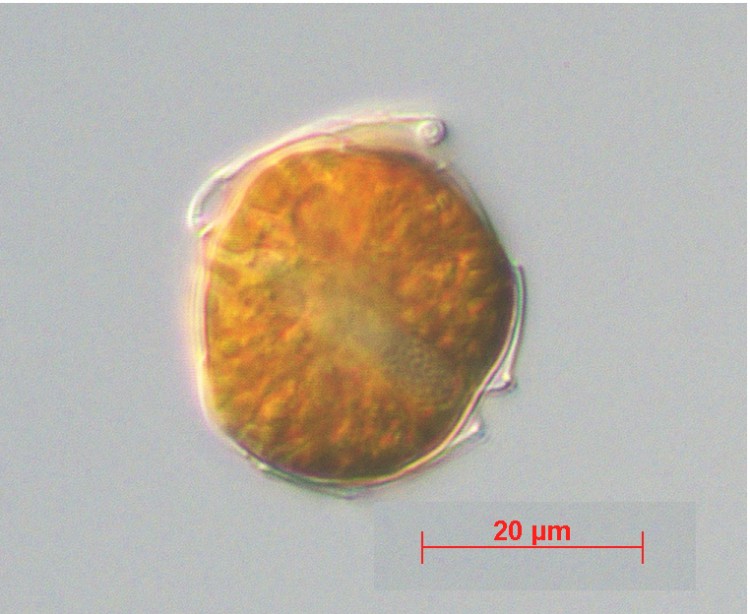NOAA and partners are working to transition a harmful algal bloom (HAB) model forAlexandrium fundyensein the Gulf of Maine (GoM) into a NOAA operational forecast system (OFS), which would help minimize economic losses to a $200-300 million dollar a year shellfish industry in Maine, New Hampshire, and Massachusetts. A. fundyenseis a dinoflagellate phytoplankton that produces saxitoxin, which even in low concentrations can induce death due to paralysis, a condition referred to as paralytic shellfish poisoning (PSP).

NCCOS and the Coast Survey Development Lab met with partners from academia, federal agencies and state shellfish managers to discuss transitioning the HAB GoM forecast model to the NWS’ National Centers for Environmental Prediction, to provide daily forecasts. Scientists also planned the summer deployments of Environmental Sample Processors in to providein situA. fundyensecell and toxin observations to improve forecasts during the upcoming bloom season.
All partners met with the NCCOS funded Technical Advisory Committees (TAC) on April 8, in Portland, ME.
For more information contact Michelle Tomlinson or Marc Suddleson.
